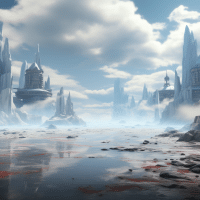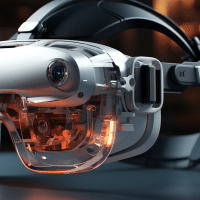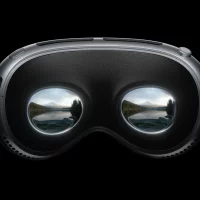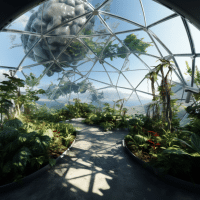Digital Skylines: Creating Futuristic Cities with VR Architecture
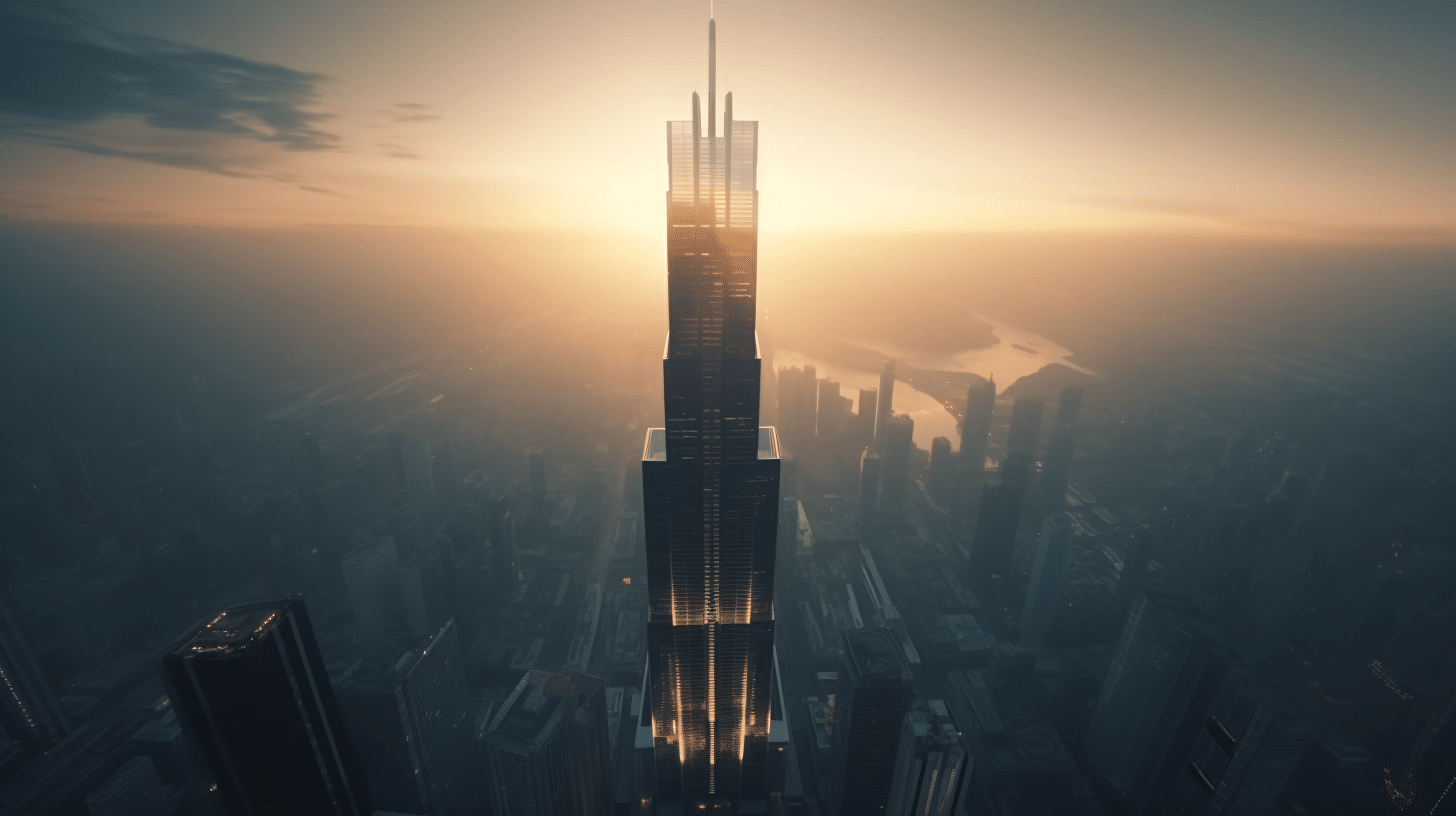
The future of cities is here, and it’s being shaped by the transformative power of virtual reality (VR) architecture. With the immersive capabilities of VR, architects and urban planners have been given a groundbreaking tool to envision and create futuristic cities that are not only efficient, sustainable, and beautiful, but also remarkably detailed and meticulously planned.
Through the utilization of VR, architects can delve into a realm of endless possibilities, exploring and experimenting with an array of designs, materials, and spatial arrangements. This unprecedented level of freedom enables them to craft the perfect cityscape, taking into account every nuance and aspect of urban life.
Moreover, VR allows architects to go beyond mere visualization by simulating how their designs will look and feel in the real world. By immersing themselves in these virtual environments, architects can gain a comprehensive understanding of the spatial dynamics, lighting conditions, and overall ambiance of their creations. This invaluable insight empowers them to make precise adjustments and improvements before a single brick is laid, ensuring that the final result is nothing short of extraordinary.
By harnessing the full potential of VR architecture, cities of the future can be meticulously designed with unrivaled precision, efficiency, and attention to detail. The integration of VR not only revolutionizes the way cities are planned and constructed but also paves the way for a new era of urban innovation and advancement.
Exploring the Possibilities of VR Architecture
The possibilities of VR architecture are truly exciting. With the help of virtual reality, architects can now create entire cities in a digital space, allowing them to explore and experiment with new ideas and designs. By using VR architecture, architects can create futuristic cities that are more efficient, sustainable, and aesthetically pleasing.
They can also create virtual simulations of existing cities, allowing them to test out different designs and see how they would look in the real world. With VR architecture, architects can create entire cities in a matter of hours, giving them the freedom to explore and experiment with new ideas and designs. VR architecture also has the potential to revolutionize the way we build cities. By using virtual reality, architects can create entire cities in a fraction of the time it would take to build them in the real world. This could lead to faster and more efficient construction, as well as more sustainable and aesthetically pleasing cities.
VR architecture also allows architects to create virtual simulations of existing cities, allowing them to test out different designs and see how they would look in the real world. With VR architecture, the possibilities are truly endless.
Understanding the Benefits of VR Architecture
The future of architecture is here, and it’s virtual. Virtual Reality (VR) architecture is revolutionizing the way we design and build cities, unlocking endless possibilities and pushing the boundaries of our imagination. With VR architecture, architects can immerse themselves in a digital realm where they have the freedom to explore, experiment, and shape futuristic skylines that were once confined to the realms of our dreams.
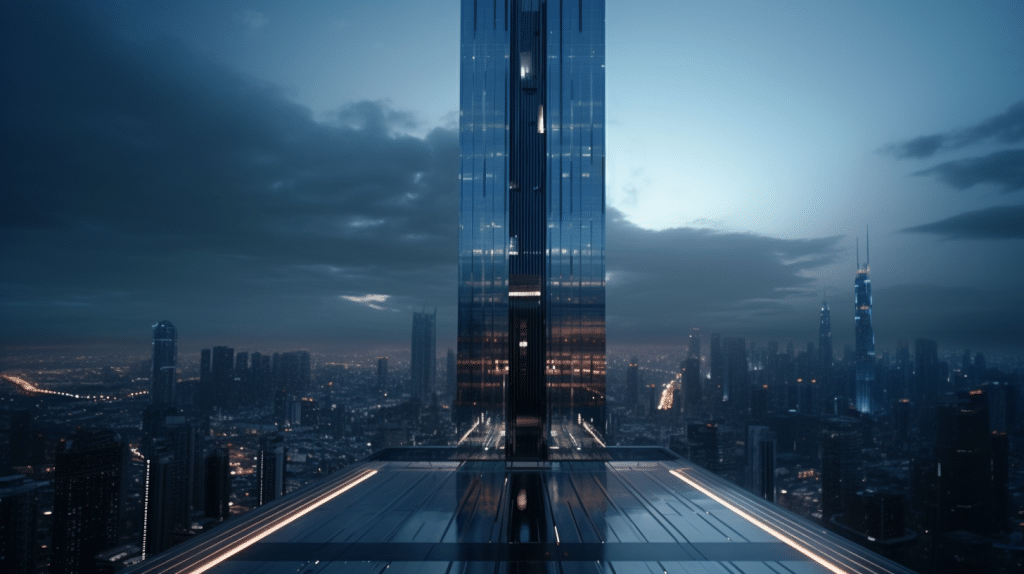
Through the power of VR, architects can meticulously examine every detail, from the placement of buildings to the choice of materials, all within a virtual environment that replicates the real world with astonishing accuracy. This allows architects to gain invaluable insights and make informed decisions, ensuring that the final cityscape is not only visually captivating but also structurally sound and harmonious with its surroundings.
Furthermore, VR architecture fosters collaboration and enhances the creative process. Architects can seamlessly collaborate with each other in real-time, regardless of their physical location, exchanging ideas and refining designs to achieve the best possible outcome. This dynamic environment promotes innovation and pushes the boundaries of traditional architectural practices, paving the way for groundbreaking concepts and visionary urban planning.
In addition to its creative potential, VR architecture offers significant practical advantages. By simulating real-world conditions, architects can simulate lighting effects, test the functionality of spaces, and evaluate how different design elements interact with one another. This allows for more informed decision-making, reducing the risk of costly mistakes and ensuring that the final design meets the highest standards of both aesthetics and functionality.
Moreover, the adoption of VR architecture can lead to substantial cost savings. By eliminating the need for physical models and prototypes, architects can streamline the design process, saving both time and resources. Virtual simulations allow for rapid iterations and adjustments, enabling architects to fine-tune their designs without the need for extensive physical modifications.
The impact of VR architecture extends beyond the realm of architecture itself. It has the potential to reshape urban planning and redefine the way we experience and interact with cities. By providing immersive virtual experiences, VR architecture enables stakeholders and decision-makers to visualize proposed developments, facilitating informed discussions, and garnering public support. This inclusive approach fosters transparency, community engagement, and better-informed decision-making, ultimately leading to more livable, sustainable, and vibrant cities.
With its ability to unleash creativity, foster collaboration, enhance decision-making, and transform urban planning, VR architecture is undoubtedly the future of city design. As this technology continues to evolve and become more accessible, its profound impact on the built environment will continue to shape our cities for years to come. Embracing VR architecture is not just an architectural choice – it is a visionary approach that embraces innovation, sustainability, and the power of human imagination.
VR Gaming Revolution: Where Virtual Worlds Come to Life
Future-Ready Classrooms: Integrating VR in Elementary School
Designing a Futuristic City with VR Architecture
The future of city design is here, and it’s virtual. VR architecture, powered by cutting-edge technology, is revolutionizing the way we envision and construct cities. Through immersive virtual reality experiences, designers can now create futuristic skylines with unparalleled speed and precision.
With VR architecture, the possibilities are boundless. Designers can effortlessly craft intricate 3D models of entire cities, starting from the ground up, in a fraction of the time it would traditionally take to build physical models. This transformative technology allows us to explore the infinite possibilities of what a city could look like, enabling us to make swift and seamless adjustments as we strive for urban perfection.
Moreover, VR architecture brings a new era of efficiency and sustainability to city planning. By leveraging virtual simulations, designers can test and evaluate different design elements and their real-world performance. This invaluable capability empowers us to create cities that prioritize energy efficiency, ecological harmony, and overall livability for all residents.
In this exciting age of VR architecture, the cities of the future are not just a dream but a tangible reality waiting to be shaped. Through the fusion of innovative technology and visionary design, we are transforming urban landscapes into vibrant, sustainable, and immersive environments that enrich the lives of people around the world. Welcome to the future of city design, where imagination knows no bounds.
The Challenges of Creating a Virtual City
The idea of creating a virtual city is not only exciting but also holds immense potential. With the advent of VR architecture, the possibilities of bringing these futuristic cities to life have become a tangible reality. VR architecture is a groundbreaking technology that empowers architects to design and construct virtual cities in a three-dimensional environment, enabling them to create intricate details and complex structures that would be otherwise impossible to replicate in the real world.
This transformative technology allows architects to envision and develop entire cities from scratch, complete with meticulously designed roads, buildings, parks, and other captivating features.
However, the challenge of creating a virtual city lies in the sheer complexity of the task at hand. Architects must possess the ability to think outside the box and come up with innovative solutions to the myriad of challenges they encounter. Furthermore, they must possess a versatile skill set and be proficient in working with a diverse range of software programs and hardware devices to bring their vision to life.
Collaboration and effective communication with a team of professionals from various fields are also paramount to ensure that the virtual city is built to the highest standards, encompassing both aesthetic beauty and functional practicality.
With VR architecture, architects have the opportunity to create virtual cities that transcend boundaries and captivate the imagination of people from all corners of the world. These virtual cities serve as vibrant and immersive digital landscapes, offering an unparalleled experience that can be enjoyed by individuals worldwide. The potential for creativity and innovation in this realm is boundless, opening up new horizons for architectural design and urban planning.
As this technology continues to evolve, the virtual cities of tomorrow will become even more realistic, captivating, and awe-inspiring, transforming the way we perceive and interact with urban spaces.
The Future of VR Architecture
The future of architecture is here, and it’s virtual. VR architecture is revolutionizing the way we envision and construct cities, unlocking the potential for breathtaking skylines that were once confined to our imaginations. With VR architecture, architects have the power to bring their designs to life in a dynamic and immersive 3D environment, enabling them to make real-time adjustments and enhancements. This cutting-edge technology also facilitates seamless collaboration between architects, engineers, and urban planners, fostering a more holistic and integrated approach to design.
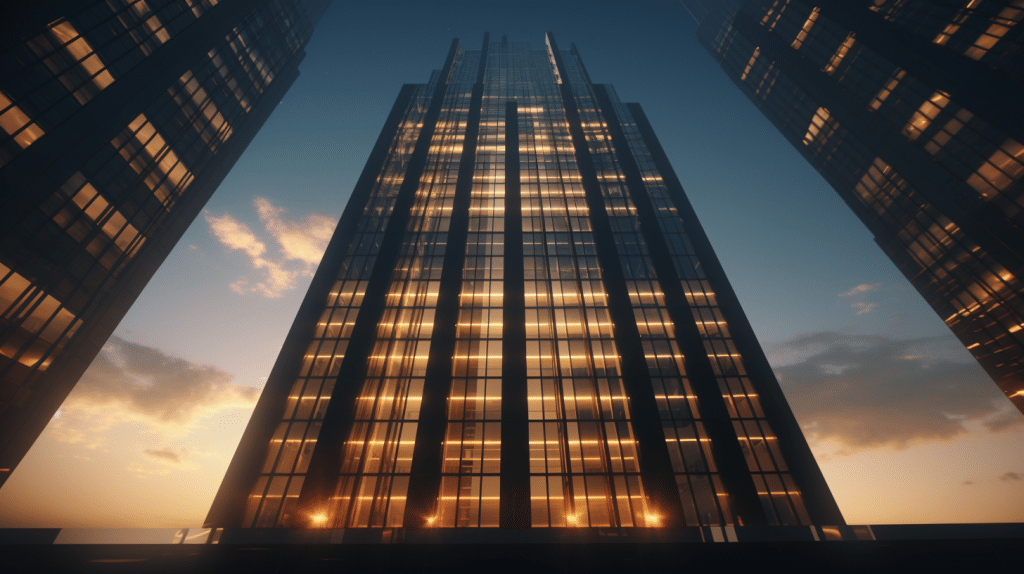
But the impact of VR architecture goes beyond just the design process. It offers architects an unparalleled opportunity to experience their creations from various vantage points, providing a deeper understanding of how their designs will interact with the real world. By leveraging virtual reality, architects can explore different lighting conditions, experiment with an array of materials and textures, and even simulate the effects of weather and time of day. This level of detail and realism empowers architects to push the boundaries of creativity, resulting in truly unique and innovative designs that captivate and inspire.
The possibilities with VR architecture are limitless, opening up a new realm of possibilities for architectural exploration and expression. As this technology continues to evolve and advance, we can only imagine the incredible designs and experiences that await us in the future. The future of architecture is virtual, and it holds the key to shaping our cities in ways we’ve never dreamed possible before.
Tips for Creating a Successful VR Cityscape
The future of cityscapes is here, and it’s virtual. With the advent of VR architecture, it’s now possible to create entire cities in a virtual space, replicating the real world with astonishing accuracy. This groundbreaking technology has the potential to revolutionize the way we design and build cities, allowing us to envision and construct futuristic, sustainable, and efficient urban environments that were once only imaginable in science fiction.
When it comes to creating a successful VR cityscape, meticulous planning and attention to detail are paramount. It’s crucial to consider not only the layout of the city and the types of buildings but also the overall aesthetic and atmosphere. Every aspect, from the placement of landmarks to the integration of green spaces, contributes to the immersive experience and the overall charm of the virtual cityscape. Moreover, it’s essential to take into account the needs and preferences of the people who will inhabit this virtual world, ensuring that their virtual lives are as comfortable and fulfilling as possible.
One of the most exciting aspects of VR architecture is the ability to create interactive elements within the city. Imagine strolling down a virtual street and being able to step into virtual shops, explore virtual parks, or even engage in virtual social gatherings. By incorporating these interactive elements, we can breathe life into the virtual cityscape, making it a vibrant and engaging environment that will captivate and enthrall its virtual residents.
Creating a successful VR cityscape is an innovative and exhilarating process that requires a keen eye for detail and a deep understanding of urban design principles. By carefully considering every aspect, from the architectural style to the functionality of the virtual infrastructure, we can craft a virtual cityscape that is not only visually stunning but also functionally sound. With the power of VR architecture, the possibilities are boundless, and we have the opportunity to shape the future of urban living in ways we never thought possible.
So, let’s embark on this exciting journey into the realm of virtual cityscapes, where imagination knows no bounds, and the only limitations are the constraints of our own creativity. Together, we can create a virtual world that is as awe-inspiring as the real one, and perhaps even more so. The future of cityscapes is here, and it’s waiting to be explored.
In conclusion, VR architecture is an incredibly exciting and innovative approach to crafting futuristic cities. By harnessing the power of virtual reality, architects have the unique opportunity to design and construct immersive virtual cityscapes that transport individuals into a whole new realm of urban exploration. With the right tools, techniques, and creativity, the possibilities are truly limitless.
Imagine strolling through a virtual city, where every building, street, and park is meticulously designed and brought to life. The detailed textures, vibrant colors, and realistic lighting create an immersive experience that makes you feel like you’re walking through a real city, even though it exists solely in the digital realm. You can explore the city from various angles, zoom in on intricate architectural details, and even interact with virtual objects and people.
Moreover, VR architecture opens up endless opportunities for collaboration and community engagement. Architects, urban planners, and citizens from different parts of the world can come together in this virtual space to share ideas, exchange feedback, and collectively shape the future of urban design. It’s a fusion of creativity and technology that allows for unparalleled collaboration and innovation.
While there may be challenges in creating a virtual cityscape, such as ensuring realistic physics and optimizing performance, the potential benefits far outweigh any risks. With the right guidance and support, VR architecture can pave the way for truly unique and futuristic cityscapes that will inspire and captivate generations to come.
So, if you’re passionate about creating a virtual cityscape, don’t hesitate to explore the endless possibilities that VR architecture has to offer. Embrace the freedom to design and shape a world that pushes the boundaries of traditional architecture and captivates the imagination of all who experience it. The future of urban design is within reach, and VR architecture is a key to unlocking its full potential.








